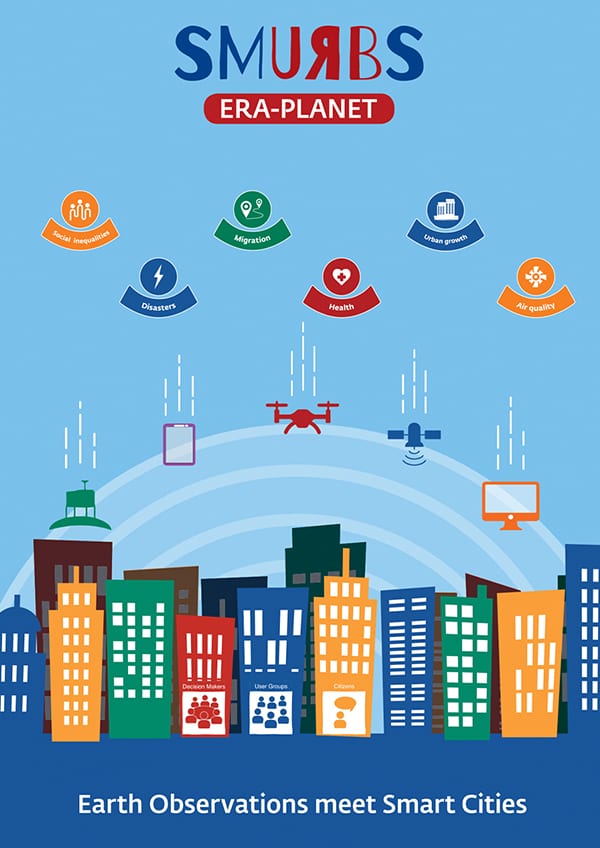SMart URBan Solutions for air quality, disasters, and city growth (SMURBS) is a project which utilises Earth Observation techniques to promote and realise the concept of ‘smart cities’
According to the United Nations, over half of the global population lives in urban areas. The increased demand from growing populations and the challenge of sustainable development requires the implementation of smart strategies using cutting-edge technology.
The solution to the sustainable urban development challenge
By 2050, Urbanisation is expected to increase urban populations by 2.5 billion. This means that the challenge of smart sustainable urban development will only increase.
The SMURBS project is setting the agenda for using currently fragmented Earth Observation technology and research to mitigate air quality and urban growth issues, as well as disasters, by enabling knowledge-based decision making in a network of smart cities.
Featured in the Innovation News Network eBook
This eBook details the cutting-edge Earth Observation technologies which the SMURBS project uses, and provides in-depth information on how these can help address the different urban pressures, from urban growth to air quality and disaster management.
The eBook explains the benefits of using several Earth Observation platforms to enable smarter cities, including:
- Satellites
- In situ instrumentation
- Models
- Citizen Observatories
- Smart sensors
The eBook also provides a unique insight of key representatives on how the United Nations’ sustainable development goals (SDGs) and the GEO Urban Resilience goal can be met by using Earth Observation to deliver smart city solutions.
The future of the SMURBS project
By incorporating Earth Observation techniques beyond traditional practices, the SMURBS project aims to achieve the data monitoring and management needed for urban resilience.
“The key word for the future of SMURBS is sustainability.”
Find out more about the future of the SMURBS project and how it could align with existing European initiatives to evolve into a long-term project for solving urban pressures.


